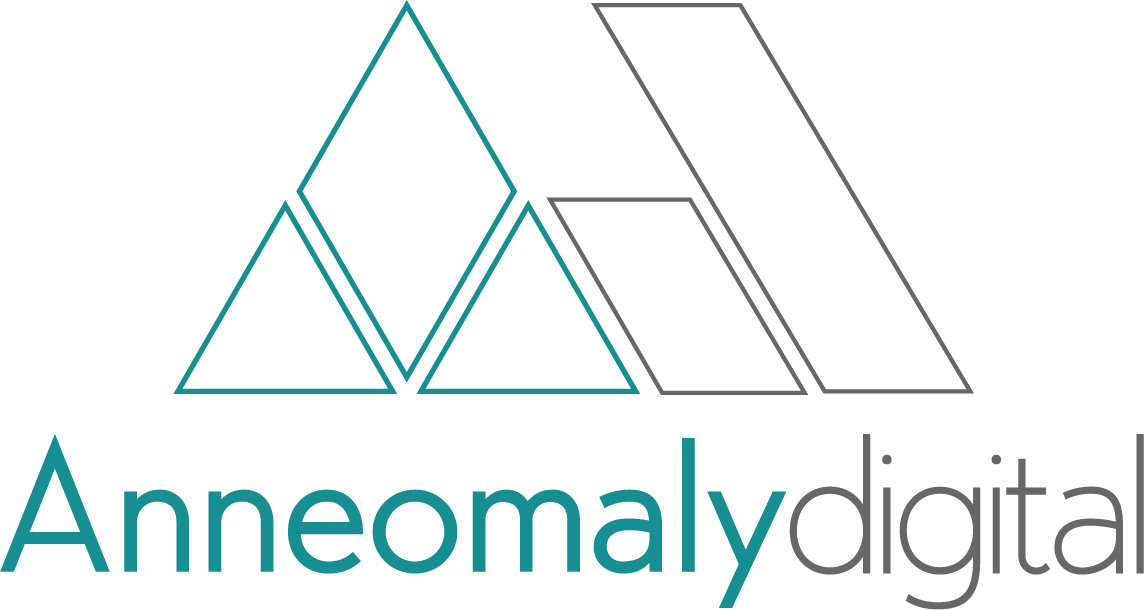Three Scores That Actually Help Sales Identify Real Prospects
Your sales team knows this song by heart: Marketing hands over a "hot lead." Sales calls. Lead goes nowhere. Sales complains the lead was junk. Marketing insists the lead was qualified.
Sound familiar?
The problem isn't your marketing team. It's not your sales team either. It's that traditional lead scoring measures engagement and activity, not actual buying intent.
Here's how to use HubSpot lead scoring to identify prospects who are actually ready to buy.
The Broken Lead Scoring Cycle
Picture this: Someone downloads your LinkedIn checklist. Your lead scoring system lights up. Marketing flags them as "hot" and sends them to sales. Sales calls and discovers the person downloaded it for their personal LinkedIn profile. They're not even remotely ready to buy B2B software.
Both teams blame each other. The cycle repeats.
This happens because most lead scoring systems treat all activity equally. Downloaded a whitepaper? Points. Opened three emails? More points. Visited the pricing page? Even more points.
But none of this tells you if they're actually ready to buy from you specifically.
Three Scores, Not One
Instead of one confusing lead score, what if you had three clear, actionable scores that answer the questions that actually matter?
Contact ICP Fit: Is this person a relevant sales target?
Look at job title, experience, and buying authority. Don't just score who sales wants to talk to - score who can actually make decisions.
Company ICP Fit: Is this company a good match?
Industry, size, revenue, location. Only score on clean, reliable data. If you don't know their company size, don't guess.
Engagement Score: Are they showing buying behavior?
Recent activity within 30 days or less. Quality over quantity of interactions. Someone who clicked "Contact Us" in an email (even if they didn't complete the form) shows more intent than someone who opened ten newsletters.
Focus on Buyer Readiness, Not Marketing Metrics
Traditional scoring rewards engagement. Smart scoring rewards buyer readiness.
The insurance adjuster who downloads your restoration process guide at 9 PM shows different intent than someone who casually browses your blog during lunch. The manufacturing VP who visits your ROI calculator three times in a week signals different readiness than someone who opened a few emails.
Your scoring should capture these nuances.
How HubSpot's Lead Scoring Works
HubSpot's approach lets you create contact engagement score and contact fit score as separate metrics. This lets you see the difference between someone who's highly engaged but not a good fit, versus someone who's perfect fit but just starting to engage.
You can finally answer the question: "Is this a qualified prospect who's ready to buy, or just someone who likes our content?"
Stop Chasing MQL Numbers, Start Tracking Real Intent
The old way: Score arbitrary activities to hit MQL numbers. Send anyone with enough points to sales. Wonder why conversion rates are terrible.
The smart way: Score signals that reflect value to both buyer and business. Separate scores for different types of intent. Focus on behavioral signals you can trust.
What This Means for Your Sales Team
Better lead scoring means fewer frustrated sales calls. More qualified conversations. Less time wasted on both sides.
Your sales team stops complaining about lead quality because the leads actually match your ideal customer profile and show real buying behavior.
Your marketing team stops defending "good leads" that weren't actually ready to buy because the scoring system finally measures what matters.
Implementation That Actually Works
Start with your ICP data.
What job titles actually buy from you? What company sizes convert best? Use real data, not assumptions.
Define engagement that matters.
Downloading a case study shows more intent than opening newsletters. Visiting pricing shows more interest than reading blog posts.
Set thresholds that make sense.
A perfect fit company with low engagement might be worth a call. A poor fit company with high engagement probably isn't.
The Bottom Line
Traditional lead scoring measured the wrong things. Smart scoring measures buyer readiness across three clear dimensions: individual fit, company fit, and engagement intent.
HubSpot gives you the tools to create scoring that actually works. Use them.
Your sales and marketing teams will thank you. Your prospects will get better experiences. Your pipeline will convert better.
Need help setting up lead scoring in HubSpot that identifies real prospects? Anneomaly Digital specializes in HubSpot implementations that align sales and marketing around qualified leads. Drop us a line at anne@anneomalydigital.com.
